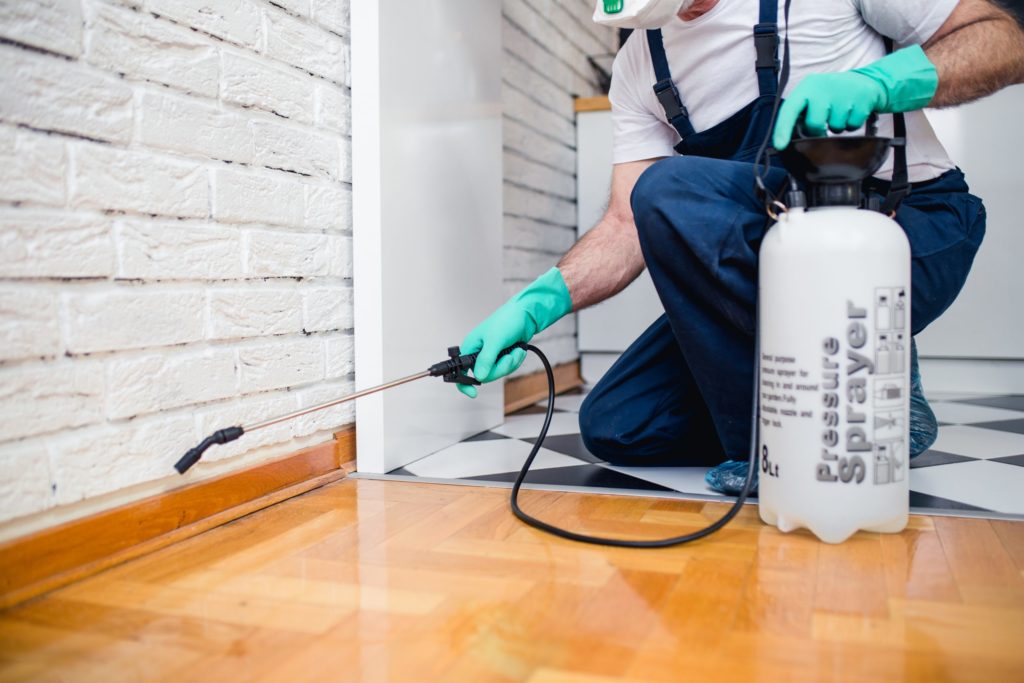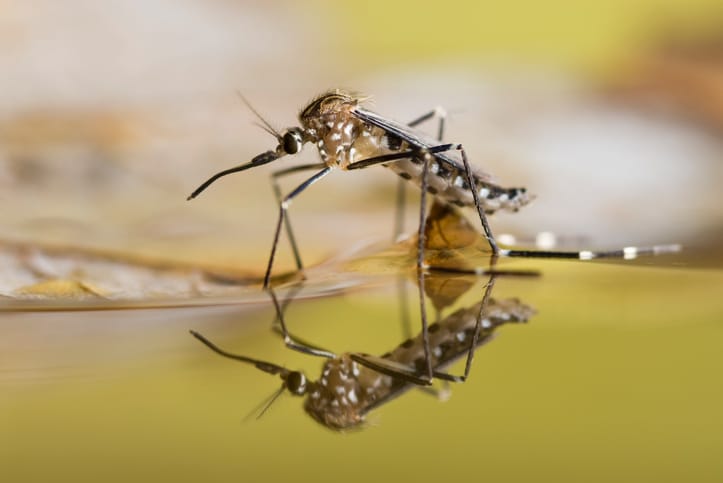Why Does Pest Activity in Reston Increase During The Fall?

The seasonal pest cycle pattern in Reston changes once fall arrives. Pest activity increases during this season. Fall becomes the most strategic season for pests because they must secure winter survival. Also, it is the last open runway season before cold stress in Northern Virginia. It is the time pests lock in food zones, shelter zones, and nesting zones. This makes fall pest control important for everyone in the city. Homeowners can seek help from experts at greenpestservices.net if they have existing infestations or want to avoid one from developing. Here are some reasons why pest activity may increase in Reston:
Temperature Drops Force Pests Toward Heat and Shelter
Pests must move inward once the air cools. Mosquito pressure shifts downward but still holds in some moisture pockets. Spiders establish more webs near entry points because every new prey meal is important. Rodents also become bolder about entry attempts. Ant colonies send scouts further and wider.
Homes hold heat. Pest species can feel the temperature gradient change before you or your thermostat reacts. They will progress toward a man-made structure the moment they feel the shift toward cooler air out in the yard.
Fall Leaf Drop Creates Perfect Pest Cover
Reston gets heavy leaf volume across park areas, trails, neighborhoods, yards, and tree strips. Leaf layers hold moisture and insulate soil pockets. They create cover that hides movement for termites, beetles, ants, spiders, centipedes, and rodents. This leaf cover can last weeks at a time before raking cycles and before the county yard pick up rotation.
Leaves give pests time to set up an entry strategy and protection while they test siding gaps, foundation cracks, and structural seams. Every layer of leaf matter becomes a shelter zone for pests that want direct access to the base of your home.
Fall Rain-Fed Soil Moisture Elevates Pest Pressure
Wet periods in early fall saturate soil and keep humidity at comfortable survival levels for pests. Warm soil from summer holds this moisture inside for a while. This combination supports pest population growth longer into the fall than most homeowners expect. This is why you can still have ticks, ants, earwigs, spiders, and soil-based pests close to the home perimeter deep into October. These pests ride out the mid-fall period because the ground is still good and the environment still supports them near the home.
Fall Food Volume Increases
Fall can carry peak food volume outside that pests feed on. It is when acorns drops, seed pods scatter, and pumpkin decor rots. Also, fall cookouts leave residue on decks and grill areas for pests to take advantage of.
Pests that secure reliable calories outside may stick near the structure. The problem comes once the cold season removes these outdoor food pools. Pests then move into homes because they have already spent the fall mapping the space.
Pest Entry Points Expand Due to Seasonal Home Activity
Doors open more during fall weather because the air feels pleasant. People start storing yard decor and seasonal tools in garages. Moisture entry points from hoses, spigots, irrigation winterization, gutter debris, and clogged drain lines may pop up toward the end of fall. These casual seasonal habits expand the opportunity for pests.
Nocturnal Pests Thrive When Fall Nights Get Long
Longer nights give roaches, silverfish, rodents, spiders, moths, and pantry pest species more time to move under the safety of darkness. Fall night length increases movement time without human interference. This is why you see more pest signs in morning hours once fall settles.
Pests move and eat longer. They also navigate structures longer. They test more entry seams because there is no sun pressure or light pressure forcing them deeper into shrubs or away from windows.




